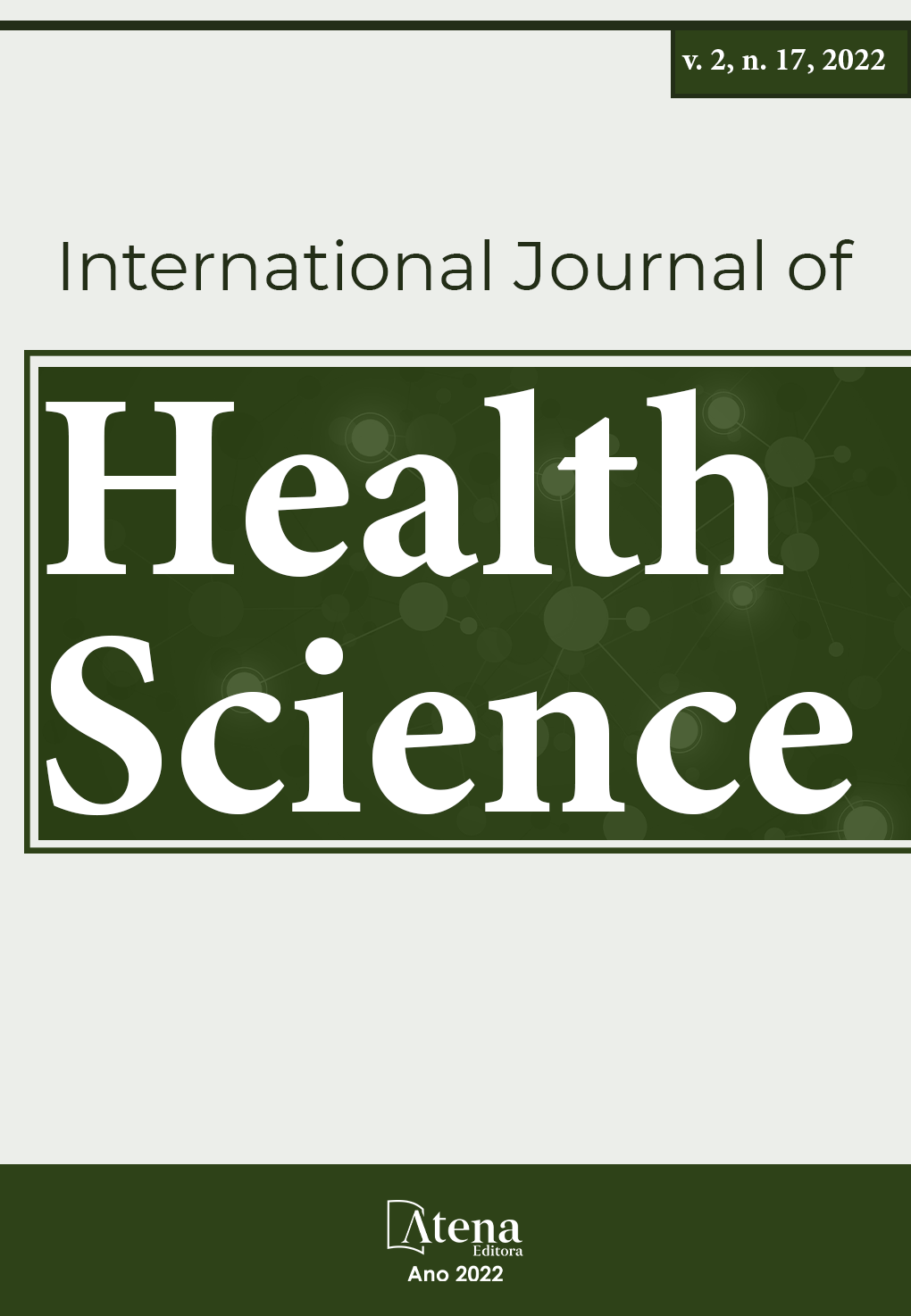
TEMPORAL TREND OF MORTALITY FROM CUTANEOUS MELANOMA FROM 2000 TO 2019 IN NORTHEAST BRAZIL
INTRODUCTION:Melanoma skin cancer (CPM) is a malignant tumor originating from melanocytes (cells that produce melanin, a substance that determines skin color) and is more frequent in white adults. Among skin carcinogens, ultraviolet radiation (UV) plays the main role. Early detection is the key to improved survival. Diagnosis is based on clinical suspicion, followed by histological confirmation. When metastases occur, whether regional or distant, the prognosis can be excellent or very poor, depending on the stage at which it was diagnosed; whether early or late. Most of the epidemiological reference on melanoma comes from studies carried out in countries with different sociodemographic and geographic characteristics, evidencing the scarcity of information in the northeast region of Brazil, in addition to the underreporting that the INCA itself recognizes. Based on the above, this study aims to analyze the temporal trend of melanoma skin cancer mortality in Northeast Brazil since 2000.METHODOLOGY:This is a descriptive epidemiological study, whose data were obtained by consulting the INCA online mortality atlas, which was accessed from January to March 2022. The study population consisted of all diagnosed melanoma cases and registered in the period from 2000 to 2019, in both genders, in the Brazilian Northeast.RESULTS:There were 3,467 deaths from melanoma that were heterogeneously distributed between sex and age group. Of these, women accounted for 1,504 deaths, while men stood out with 1,963. Higher age groups represented a higher incidence of mortality. As for the temporal trend of mortality, there is an increase in cases with poor prognosis, with few periods of reduction, but with a gross rate higher than the adjusted rate for the world and lower than the adjusted rate for Brazil.CONCLUSIONS: there is a temporal trend towards an increase in mortality from cutaneous melanoma in the Brazilian northeast region, especially in the elderly and male population. Despite this, the Northeast still maintains rates lower than those of Brazil, but higher than those of the world.
TEMPORAL TREND OF MORTALITY FROM CUTANEOUS MELANOMA FROM 2000 TO 2019 IN NORTHEAST BRAZIL
-
DOI: 10.22533/at.ed.15921722210310
-
Palavras-chave: Mortality. Melanoma. North East. Brazil.
-
Keywords: Mortality. Melanoma. North East. Brazil.
-
Abstract:
INTRODUCTION:Melanoma skin cancer (CPM) is a malignant tumor originating from melanocytes (cells that produce melanin, a substance that determines skin color) and is more frequent in white adults. Among skin carcinogens, ultraviolet radiation (UV) plays the main role. Early detection is the key to improved survival. Diagnosis is based on clinical suspicion, followed by histological confirmation. When metastases occur, whether regional or distant, the prognosis can be excellent or very poor, depending on the stage at which it was diagnosed; whether early or late. Most of the epidemiological reference on melanoma comes from studies carried out in countries with different sociodemographic and geographic characteristics, evidencing the scarcity of information in the northeast region of Brazil, in addition to the underreporting that the INCA itself recognizes. Based on the above, this study aims to analyze the temporal trend of melanoma skin cancer mortality in Northeast Brazil since 2000.METHODOLOGY:This is a descriptive epidemiological study, whose data were obtained by consulting the INCA online mortality atlas, which was accessed from January to March 2022. The study population consisted of all diagnosed melanoma cases and registered in the period from 2000 to 2019, in both genders, in the Brazilian Northeast.RESULTS:There were 3,467 deaths from melanoma that were heterogeneously distributed between sex and age group. Of these, women accounted for 1,504 deaths, while men stood out with 1,963. Higher age groups represented a higher incidence of mortality. As for the temporal trend of mortality, there is an increase in cases with poor prognosis, with few periods of reduction, but with a gross rate higher than the adjusted rate for the world and lower than the adjusted rate for Brazil.CONCLUSIONS: there is a temporal trend towards an increase in mortality from cutaneous melanoma in the Brazilian northeast region, especially in the elderly and male population. Despite this, the Northeast still maintains rates lower than those of Brazil, but higher than those of the world.
-
Número de páginas: 10
- Maylla Fontes Sandes
- Rafael Silva Santos
- Débora Silva Pereira
- Amanda Monteiro Teixeira
- Dante Costa de Araújo
- José Everton Silva Araujo
- Fábio Batalha Carvalho Silveira
- Daiane da Costa Cunha
- Victor Araújo de Oliveira Polycarpo
- Bruno José Santos Lima
- Gleide Maria Gatto Bragança
- José Genivaldo Santos Andrade


